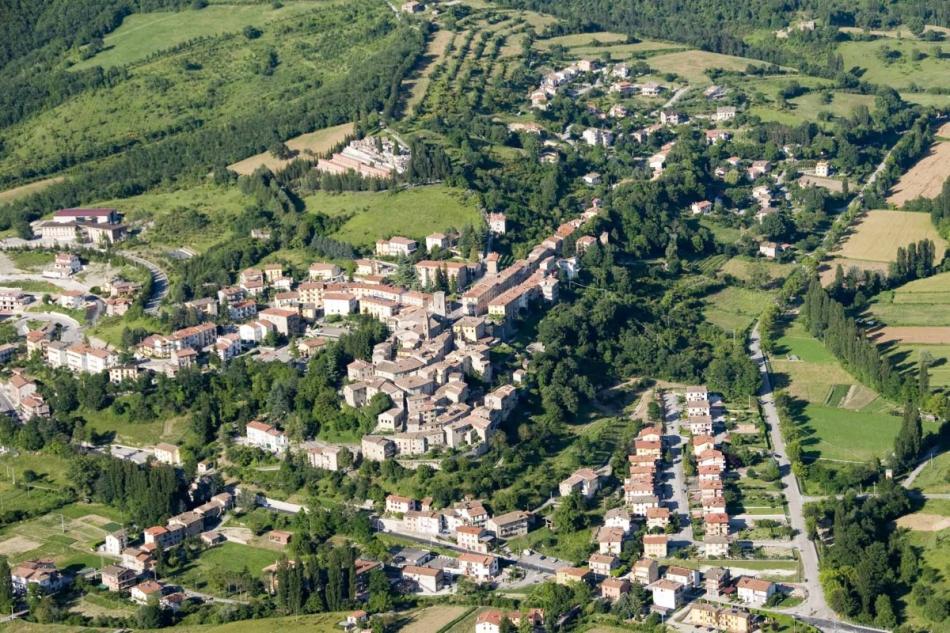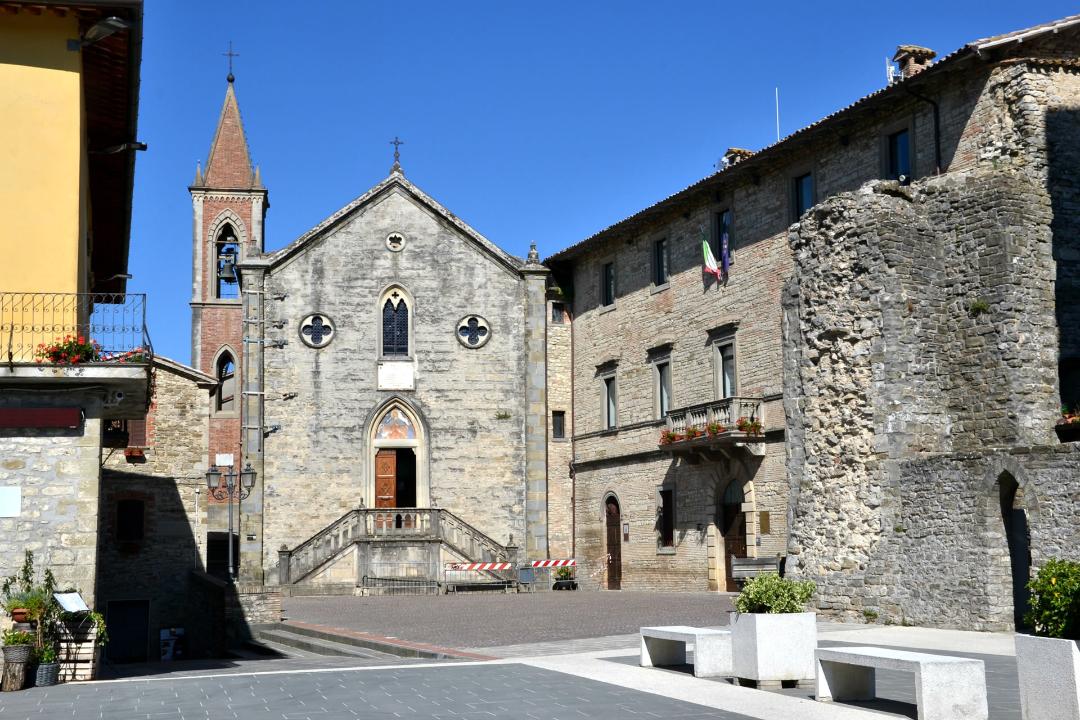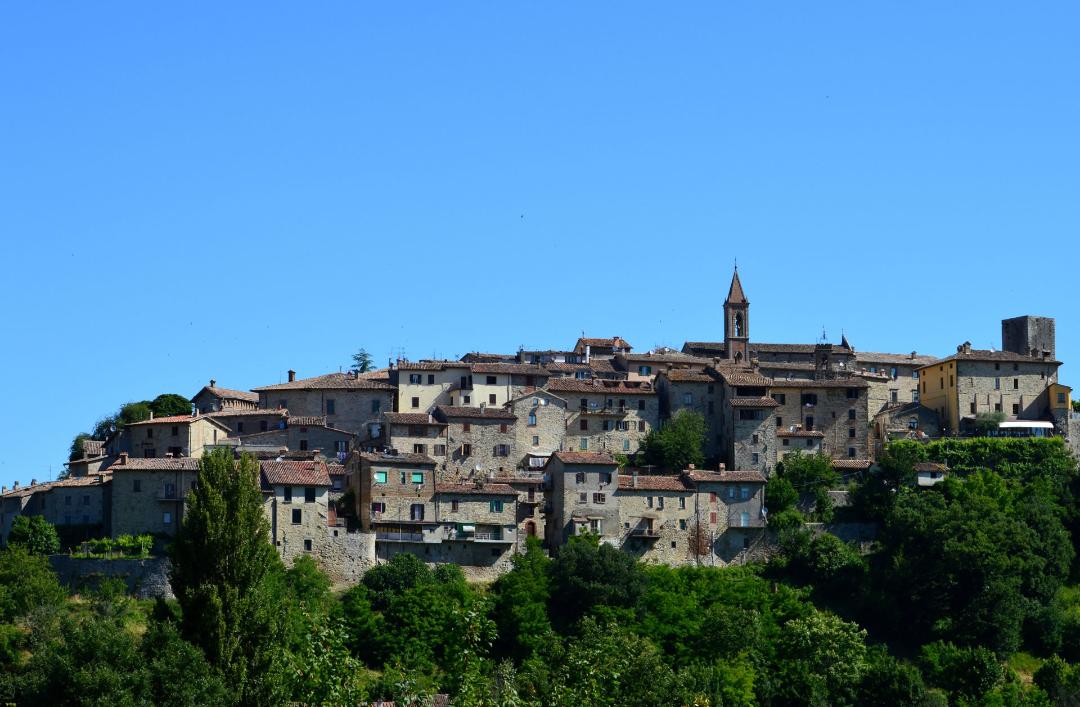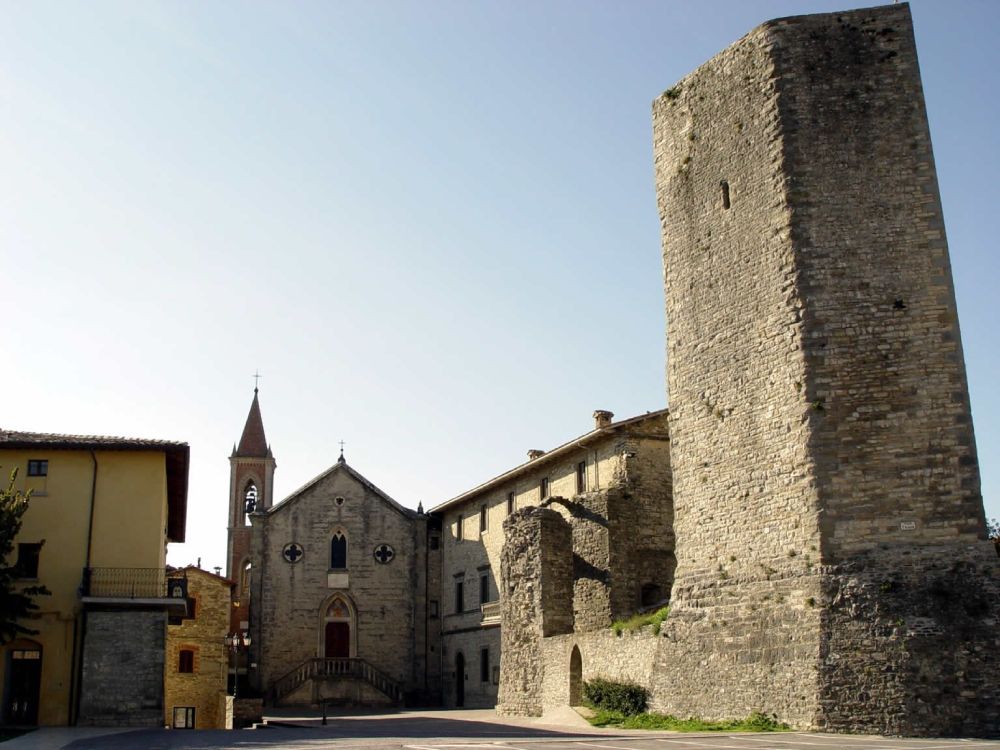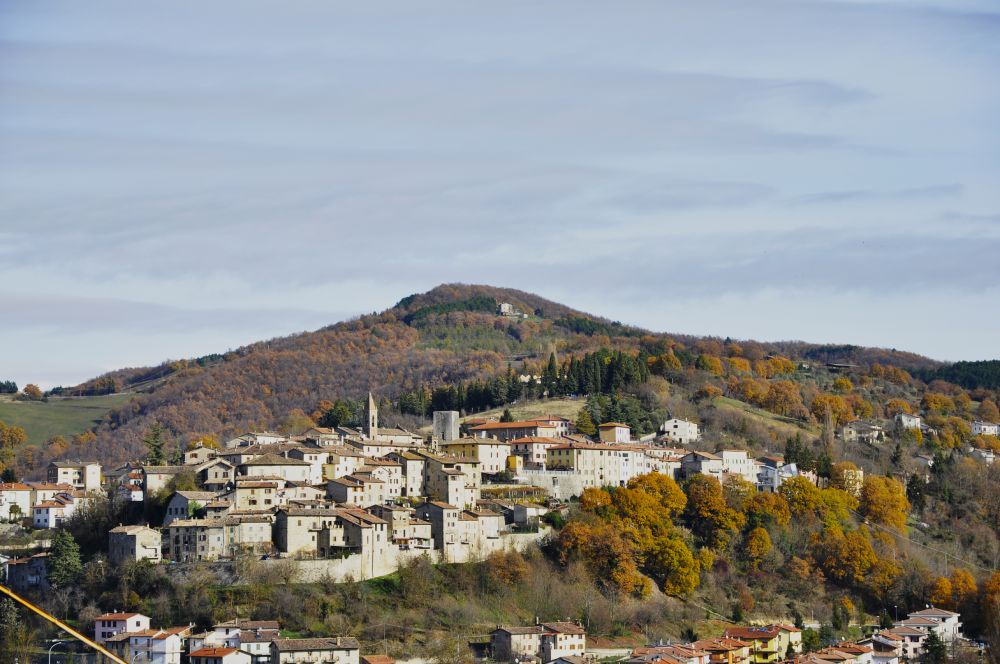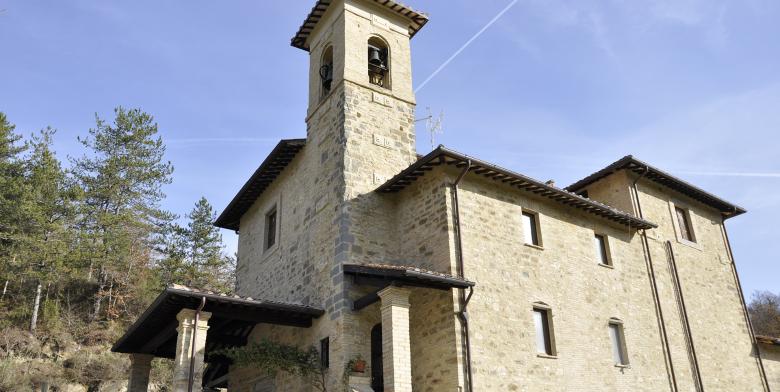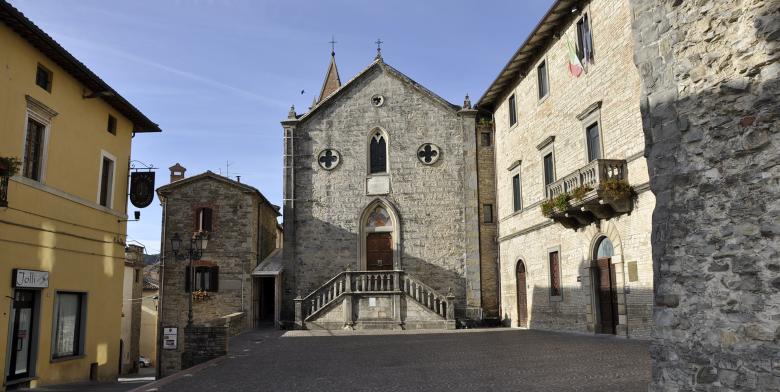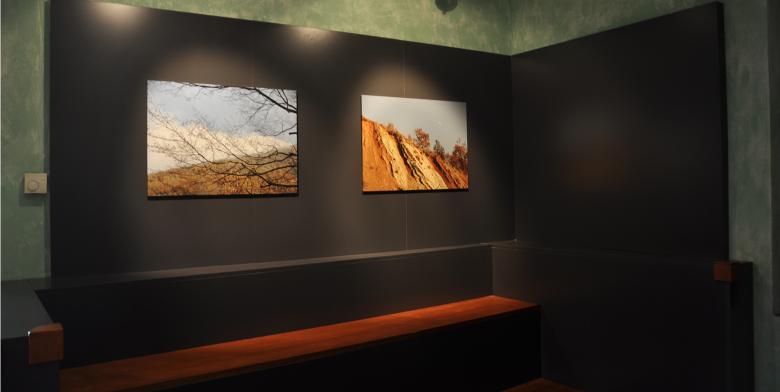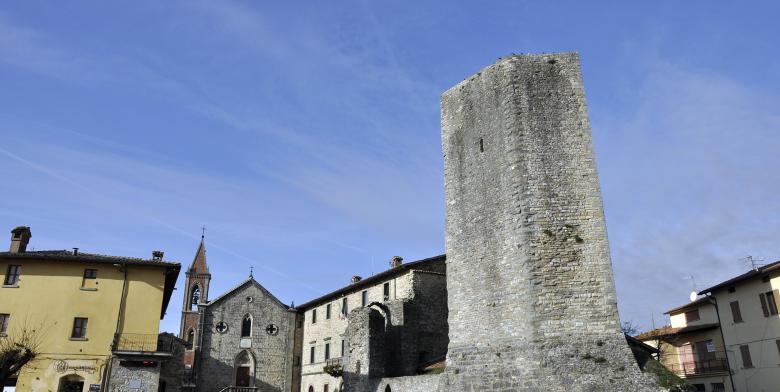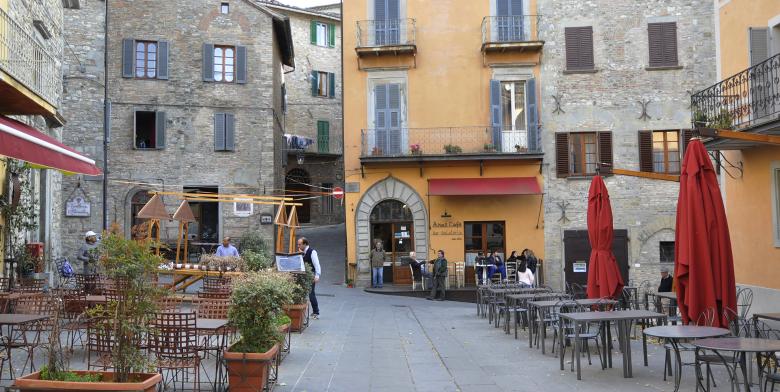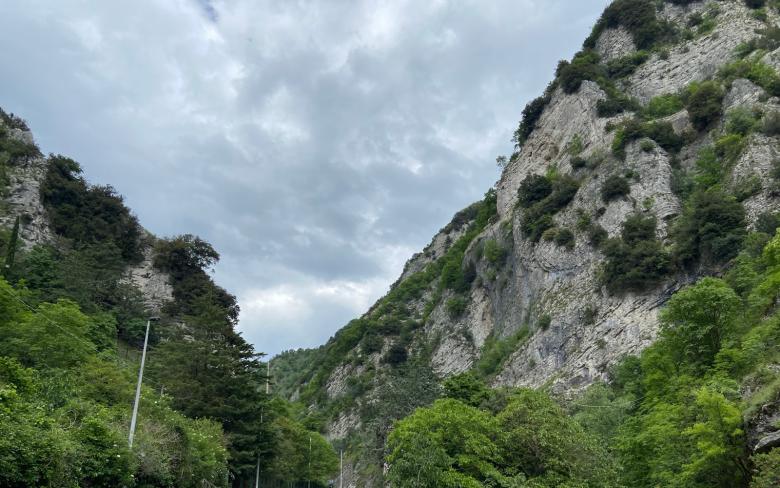Traces of numerous villae rusticae remain from this period; one, of particular importance, with traces of mosaics. The Roman settlement in the valley was abandoned during the barbarian invasions. The new town was built in today's location and given the name Plebs Tuphiae. The 6th-7th centuries saw the construction of the church of Santa Maria and the Longobard fortress facing the central square, cornerstone of the town's terraced building structure.
It was an independent municipality from the eleventh to the fourteenth century until it became part of Città di Castello.
The town has typical medieval features with sixteenth-century urban interventions. The oldest urban centre extends around the Fortress and the church of Santa Maria, with the walls dating back to the eighth century. Of the three original city gates accessing the town, the only one which is well-preserved is the Cassero gate.
Just outside the walls is the Candeleto pine forest which houses the "Silvio Bambini" Ornithological Museum. Also interesting is the church just outside the town, currently the Sanctuary of Madonna dei Rimedi.
To the southwest of the town do not miss out on visiting the church of de'Saddi, one of the oldest churches in the Città di Castello area and the site of the martyrdom of St. Crescenziano, a Roman legionnaire killed during the Diocletianic persecutions.
























